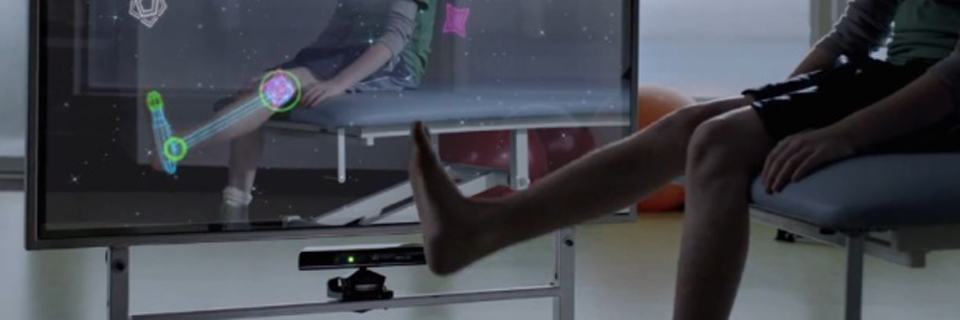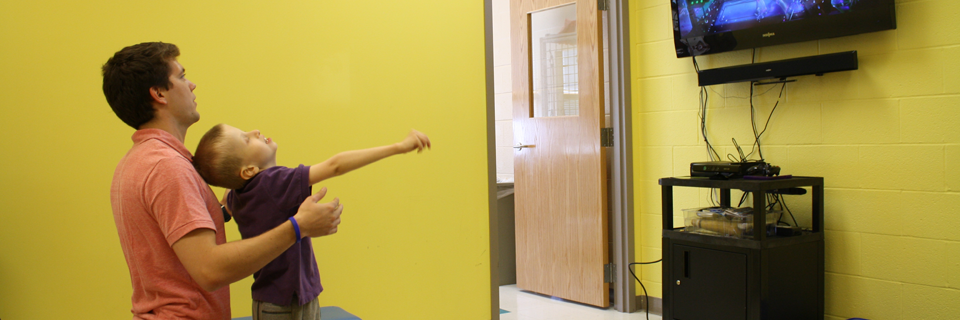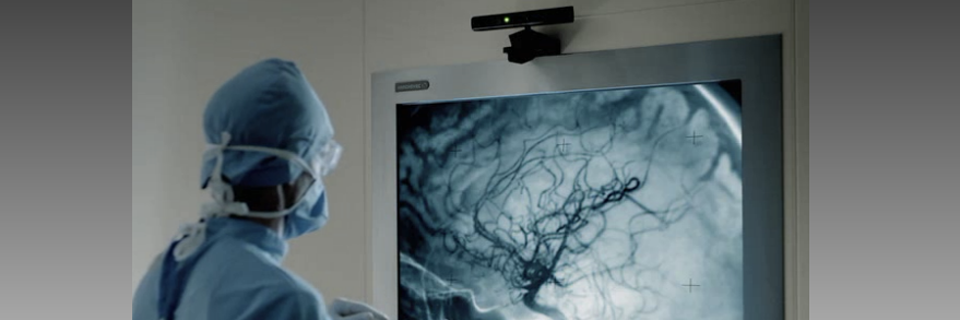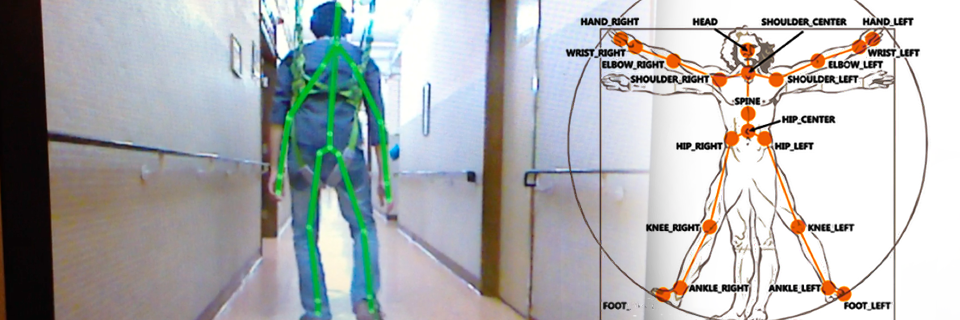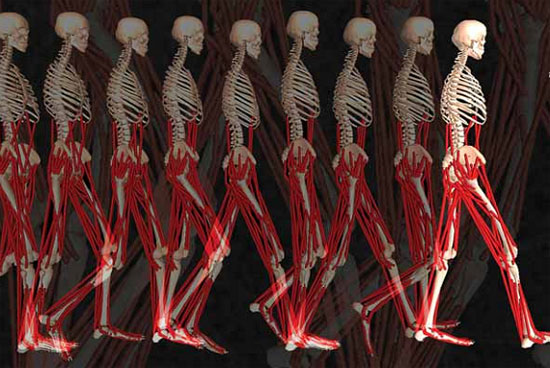ModellingThe Kinect can track skeleton data which consists of 20 joints as shown in Fig. 3.3 and the coordinate system for these data is a full 3D system8. With these coordinates, we are going to compute useful information such as step length or uprightness of body posture and report them through a user interface. Fig 3.4 below shows the muscle and joint movements of a body during a walk cycle. This inspires us on what are the raw data needed.
|
Data extraction tests were conducted to clarify the data collection rate of the Kinect working with Microsoft Kinect SDK v1.6. With different sets of parameters in testing, we defined 3 modes of testing and recorded the time (in millisecond) needed to get 100 sets of joint data. In order to enhance the accuracy and reliability of the testing, the maximum and minimum values are ignored in computation. By applying formula,
the 6 sets (in 3 modes) of results in Table 3.1 demonstrate that it takes around 1700- 1800 milliseconds to record 100 datasets.
8 Microsoft Developer Network – Kinect Sensor (http://msdn.microsoft.com/en-us/library/hh438998.aspx)


